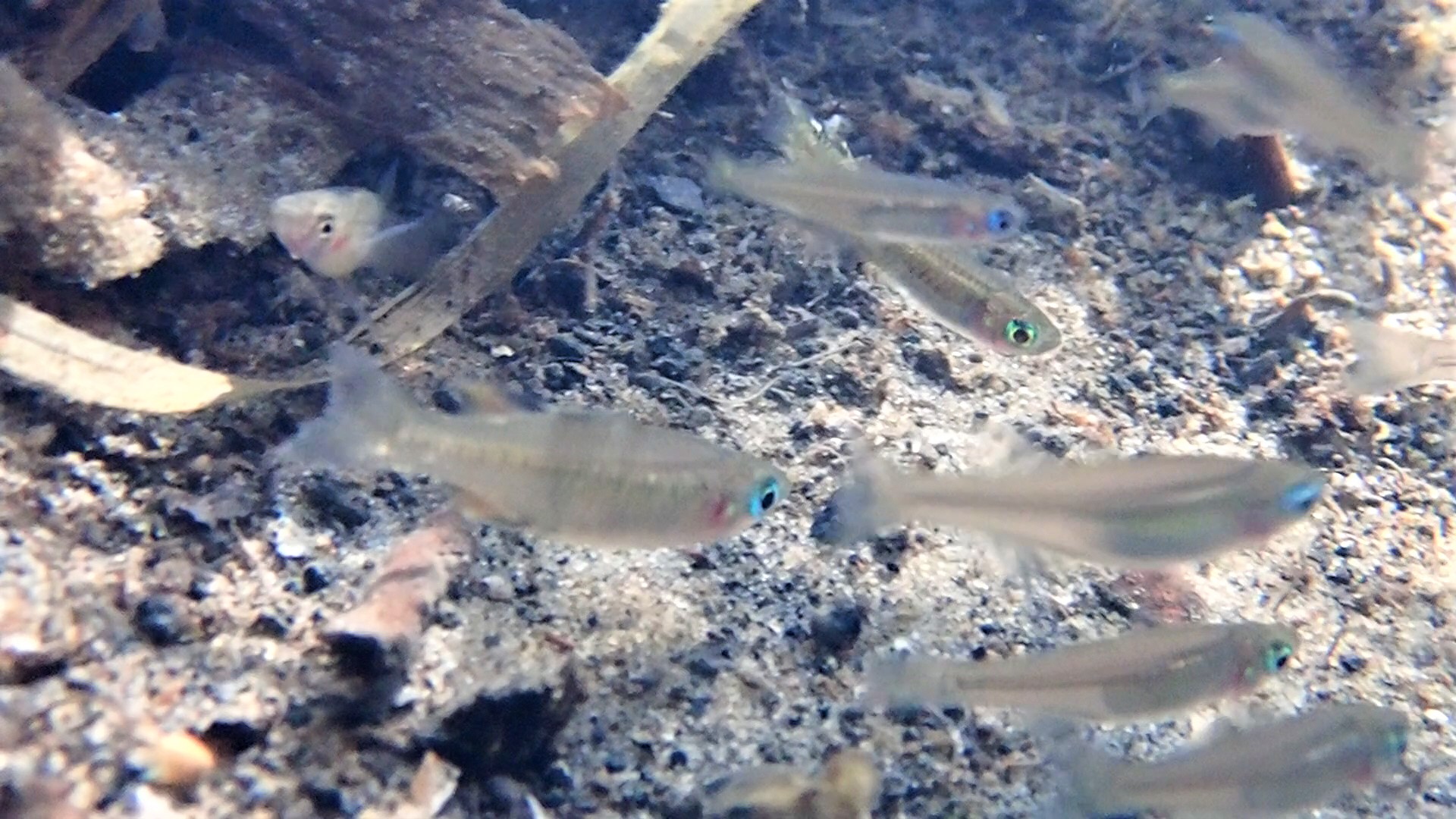Mangroves as nurseries for fish and crustaceans
Introduction
Coastal wetlands and in particular mangrove forests are known as nursery sites for species including commercially important fish and crustaceans. The turbid water along with the structure of the mangrove root system provides shelter from predators and food for many juveniles. But what happens when the tide goes out?
At first glance, mangrove forests don't appear as suitable habitat for juvenile fish
Impact of tidal flow
Many species, move out onto the tidal flats and water channels with the outgoing tide. Out in the open, they are vulnerable to predation from specialist hunters including raptors and kingfishers as well as predatory fish including flathead and adult bream. However, some fish and crustaceans are able to stay in the mangrove forest in the small pools of water left by the receding tide.

The receding tide leaves pools and rivulets suitable for fish to shelter during low tides
Generally in the shade, these tidal pools provide the food and shelter for fish with many mangrove roots and pneumatophores covered in encrusting micro fauna and flora including algal and bacterial communities. These pools and rivulets are generally small and at the low tide are often crowded with juvenile fish and resident specialist fish including gobies. When the flooding tide returns, these fish have first access to the forest feeding grounds and in king and spring tides many make their way inland to adjacent saltmarshes.



